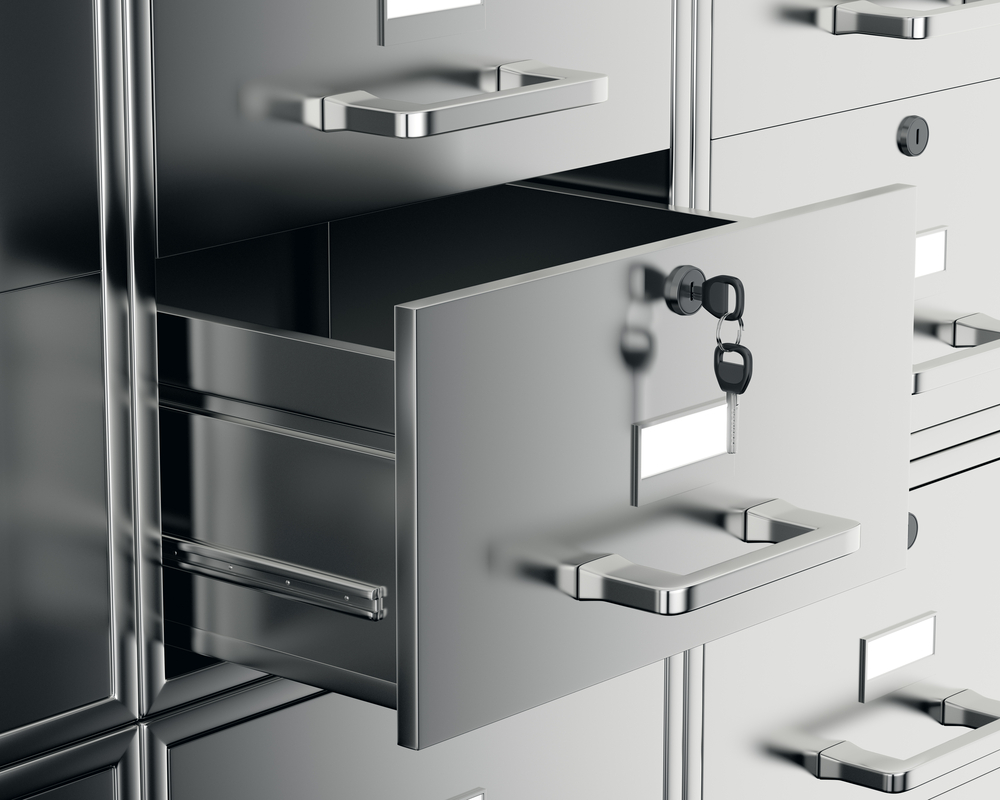

Articles
How To Replace File Cabinet Lock
Modified: February 28, 2024
Learn how to replace a file cabinet lock with this easy step-by-step guide. Enhance your home maintenance skills and secure your important documents.
(Many of the links in this article redirect to a specific reviewed product. Your purchase of these products through affiliate links helps to generate commission for Storables.com, at no extra cost. Learn more)
Introduction
In today’s fast-paced world, the security of our important documents and confidential files is of utmost importance. A file cabinet is a common way to store and organize these valuable materials, and the lock on the cabinet plays a crucial role in protecting them from unauthorized access.
However, there may come a time when the lock on your file cabinet becomes damaged, broken, or you simply want to upgrade it for added security. In such cases, knowing how to replace a file cabinet lock can save you time, money, and potential headaches.
In this guide, we will walk you through the process of replacing a file cabinet lock step by step. We will cover everything from understanding different types of locks to the tools and materials you’ll need and the installation process itself. Whether you’re a business owner, a homeowner, or simply looking to secure your personal files, this guide is here to help you navigate the process with ease.
Before we dive into the details, it’s important to note that while you can attempt to replace a file cabinet lock on your own, it may be best to consult a professional locksmith if you’re unsure or uncomfortable with the process. They have the experience and specialized tools necessary to handle the job efficiently and effectively.
With that said, if you’re a DIY enthusiast or simply want to try your hand at replacing the lock yourself, let’s get started by understanding the different types of file cabinet locks and how they work.
Key Takeaways:
- Upgrade your file cabinet lock for added security and peace of mind. Follow our step-by-step guide to confidently replace the lock yourself, or consult a professional locksmith for expert assistance.
- Ensure the security of your important documents by understanding, preparing, and successfully installing a new file cabinet lock. Test its functionality and troubleshoot common issues for a reliable and secure solution.
Read more: How To Pick A File Cabinet Lock
Understanding File Cabinet Locks
When it comes to file cabinet locks, there are a few different types that you may encounter. Understanding these types and how they work will help you choose the right replacement lock for your cabinet.
1. Keyed Locks: This is the most common type of lock found in file cabinets. It utilizes a traditional key to lock and unlock the cabinet. The lock mechanism typically consists of a series of pins that align when the correct key is inserted, allowing the lock to be turned and the cabinet to be opened. Keyed locks offer a good level of security and are generally easy to replace.
2. Combination Locks: Instead of a key, combination locks use a series of numbers or symbols to unlock the cabinet. These locks often have a dial or keypad where you enter the correct combination to gain access. Combination locks provide an added layer of security, as they require the correct combination to be entered.
3. Digital Locks: Digital or electronic locks are becoming increasingly popular in file cabinets. These locks use a keypad or touchscreen to enter a unique code or password to unlock the cabinet. Some digital locks may also include biometric features like fingerprint recognition. Digital locks offer advanced security and convenience, but they may require batteries or a power source.
Regardless of the type of lock, most file cabinet locks work on a similar principle. The lock mechanism contains a cylinder that holds the pins or tumblers. When the correct key, combination, or code is entered, the pins align at the shear line, allowing the lock to turn and the cabinet to be opened. Understanding how this mechanism functions will aid you in the replacement process.
Now that you’re familiar with the different types of file cabinet locks and how they operate, let’s move on to the next step: gathering the necessary tools and materials needed for replacing the lock.
Tools and Materials Needed
Before you begin replacing the lock on your file cabinet, it’s important to gather the necessary tools and materials. Having everything you need on hand will help ensure a smooth and successful replacement process. Here’s a list of the tools and materials you’ll need:
Tools:
- Screwdriver: Depending on the type of lock and cabinet, you may need a Phillips or flathead screwdriver. Make sure you have the appropriate size and type for the screws used in your cabinet.
- Lockpick or Paperclip: In some cases, you may need a lockpick or a bent paperclip to manipulate the lock mechanism and remove the cylinder.
- Pliers: Pliers can be handy for gripping and manipulating various components of the lock.
Materials:
- New Lock: This is, of course, the most important material you’ll need. Make sure you purchase a lock that is compatible with your file cabinet and meets your security requirements.
- Replacement Screws: If the new lock doesn’t come with screws or if you need to replace the existing ones, have a set of appropriate screws ready.
- Lubricant: It’s always a good idea to have lubricant on hand to ensure smooth operation of the new lock.
Additionally, it’s a good practice to have a clean, well-lit workspace and to wear suitable protective gear, such as gloves and safety glasses, to avoid any potential injuries.
Once you have gathered all the necessary tools and materials, you’ll be well-prepared to begin the replacement process. In the next section, we will cover the preparation steps you need to take before removing the old lock.
Preparation Steps
Before you can replace the lock on your file cabinet, it’s important to take a few preparatory steps to ensure a smooth and successful replacement process. By following these steps, you can minimize any potential issues that may arise during the installation. Let’s dive in!
1. Emptying the file cabinet: Start by removing all the contents from your file cabinet. This will make it easier to access the lock and prevent any damage to your documents or belongings during the replacement process. Take the time to organize and sort the items, making it easier to refile them later.
2. Identifying the type of lock: Examine the existing lock to determine its type. Is it a keyed lock, combination lock, or digital lock? Understanding the type of lock will help you choose the appropriate replacement and ensure compatibility with your cabinet.
3. Measuring the lock size: Take precise measurements of the lock cylinder and latch. This will help you find a replacement lock that fits perfectly. Measure the length and diameter of the cylinder, as well as the dimensions of the latch. Note these measurements down, as they will be crucial when researching and purchasing a new lock.
4. Researching and purchasing a new lock: With the information gathered in the previous steps, begin researching and selecting a suitable replacement lock. Look for locks that match the type and size of your existing lock, and that provide the desired level of security. Consider reading reviews and checking product specifications to ensure you make an informed decision. Once you’ve found the right lock, make the purchase and have it ready for installation.
By emptying the file cabinet, identifying the type of lock, measuring the lock size, and researching and purchasing a new lock, you’ve completed the necessary preparation steps. Now you’re ready to remove the old lock and install the new one. In the next section, we will guide you through the process of removing the old lock.
When replacing a file cabinet lock, make sure to measure the existing lock and purchase a replacement of the same size. Use a screwdriver to remove the old lock and install the new one according to the manufacturer’s instructions.
Removing the Old Lock
Now that you have completed the necessary preparation steps, it’s time to remove the old lock from your file cabinet. Follow the steps below to remove the lock cylinder and disassemble the lock mechanism:
1. Removing the lock cylinder: Start by locating the retaining screw on the inside of the cabinet door. This screw holds the lock cylinder in place. Remove the screw using the appropriate screwdriver, and set it aside safely. Once the screw is removed, you should be able to pull the lock cylinder out from the front of the cabinet door. Gently wiggle and twist the cylinder if it is stuck.
2. Taking apart the lock mechanism: With the lock cylinder removed, you can now focus on disassembling the lock mechanism itself. Look for any visible screws or clips that hold the lock mechanism together. Use the appropriate tools, such as pliers or a screwdriver, to remove these fasteners. Take note of any specific disassembly instructions that may be provided with the new lock, as some mechanisms may have unique features or components.
As you disassemble the lock mechanism, pay attention to the order and position of the components. This will help you during the installation of the new lock. Keep all the components together in a safe place to prevent them from getting lost or damaged.
Once you have successfully removed the lock cylinder and disassembled the lock mechanism, you have completed the process of removing the old lock. Now it’s time to move on to the next step: installing the new lock. We will guide you through this process in the upcoming section.
Read more: How To Remove A Lock From A File Cabinet
Installing the New Lock
With the old lock successfully removed, it’s time to install the new lock on your file cabinet. Follow the steps below to insert the new lock cylinder and attach the new lock mechanism:
1. Inserting the new lock cylinder: Start by taking the new lock cylinder and aligning it with the hole on the front of the cabinet door. Make sure it matches the dimensions and size of the previous lock cylinder. Gently insert the cylinder into the hole, ensuring it goes in smoothly and securely. If necessary, use a small amount of lubricant to ease the insertion process.
2. Attaching the new lock mechanism: Once the new lock cylinder is inserted, it’s time to attach the new lock mechanism on the inside of the cabinet door. Carefully align the mechanism with the screw holes left by the old lock’s retaining screw. Use the appropriate screws to secure the mechanism in place, making sure it is flush against the cabinet door and has a tight fit.
Double-check the alignment and positioning of the lock mechanism to ensure proper functionality. The key or combination should turn smoothly, and the latch should engage and disengage without any issues. If necessary, make minor adjustments or tighten the screws to achieve the desired fit and operation of the lock mechanism.
Remember to refer to the manufacturer’s instructions provided with the new lock for specific guidance on installing the lock. These instructions may include additional steps or considerations based on the type and model of the lock you have purchased.
Congratulations! You have successfully installed the new lock on your file cabinet. However, your job isn’t complete just yet. The next step is to test the functionality of the new lock and troubleshoot any potential issues that may arise. We will cover this in the next section.
Testing and Troubleshooting
After installing the new lock on your file cabinet, it’s crucial to test its functionality to ensure it is working properly. Follow these steps to test the lock and troubleshoot any common issues that may arise:
1. Testing the functionality of the new lock: Insert the key or enter the combination as required by your new lock. Turn the key or dial the combination, and check if the lock engages and disengages smoothly. Ensure that the cabinet door securely locks and unlocks without any resistance or difficulty. Repeat the process a few times to confirm consistent performance.
2. Troubleshooting common issues: If you encounter any issues during the testing process, here are a few common problems and their potential solutions:
- Key doesn’t turn or gets stuck: Check if the key is fully inserted and aligned with the lock cylinder. It’s also possible that the lock mechanism is misaligned or obstructed. Gently wiggle the key or apply lubricant to the lock mechanism to resolve the issue.
- Combination doesn’t work: Verify that you have entered the correct combination according to the lock’s instructions. If the combination still doesn’t work, check for any damage or dirt on the lock or the combination mechanism. Clean the lock or contact the manufacturer for further assistance.
- Latch doesn’t engage or disengage: Ensure that the latch is aligned properly with the strike plate or magnet on the cabinet frame. Check for any obstructions or misalignment that may prevent the latch from functioning correctly. Adjust the position of the lock mechanism if necessary.
- Lock feels loose or insecure: Double-check that all the screws securing the lock mechanism are tightened properly. If the lock still feels loose, you may need to consult a professional or replace the lock with a more secure option.
If the issues persist or you encounter any other problems not mentioned here, it’s best to consult a locksmith or contact the manufacturer for guidance and support. They will have the expertise to address specific issues and provide the necessary assistance.
By testing the functionality of the new lock and troubleshooting any common issues, you can ensure the security and reliability of your file cabinet. With a properly installed and functioning lock, your important documents will be safeguarded. In the next section, we will conclude our guide on replacing a file cabinet lock.
Conclusion
Replacing the lock on your file cabinet is a task that can provide you with added security and peace of mind. By following the steps outlined in this guide, you’ve learned how to successfully replace a file cabinet lock. From understanding the different types of locks to preparing the necessary tools and materials, removing the old lock, installing the new lock, and testing its functionality, you’ve gained the knowledge and skills needed for a successful replacement process.
Remember, if at any point you feel unsure or uncomfortable with the process, it’s always best to consult a professional locksmith who can assist you. They have the experience and specialized tools to efficiently and effectively replace your file cabinet lock.
By taking the time to empty the file cabinet, identify the type of lock, measure the lock size, and research and purchase a new lock, you set yourself up for a smooth replacement process. Removing the old lock, including the lock cylinder and disassembling the lock mechanism, allowed you to make way for the installation of the new lock.
Testing the functionality of the new lock and troubleshooting any issues ensure that your cabinet is properly secured and your valuable documents are protected. Remember to always keep your keys or combination in a safe place and establish good security practices to further enhance the protection of your files.
We hope that this guide has equipped you with the necessary knowledge and confidence to replace the lock on your file cabinet. Whether you’re a business owner, a homeowner, or simply someone looking to secure their personal files, having a properly functioning lock is essential. By following the steps outlined here, you can enhance the security of your cabinet and maintain the confidentiality of your important documents.
Frequently Asked Questions about How To Replace File Cabinet Lock
Was this page helpful?
At Storables.com, we guarantee accurate and reliable information. Our content, validated by Expert Board Contributors, is crafted following stringent Editorial Policies. We're committed to providing you with well-researched, expert-backed insights for all your informational needs.
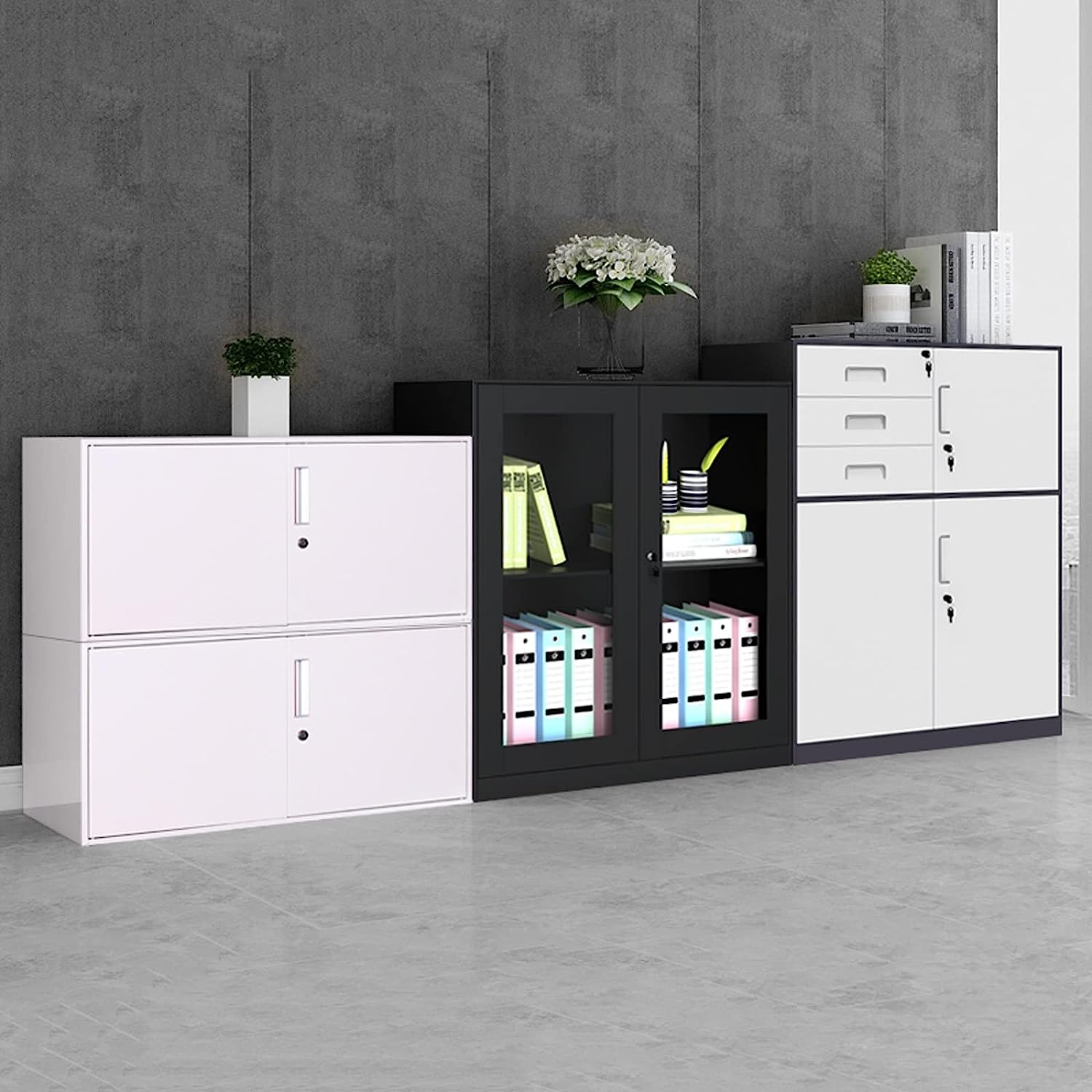
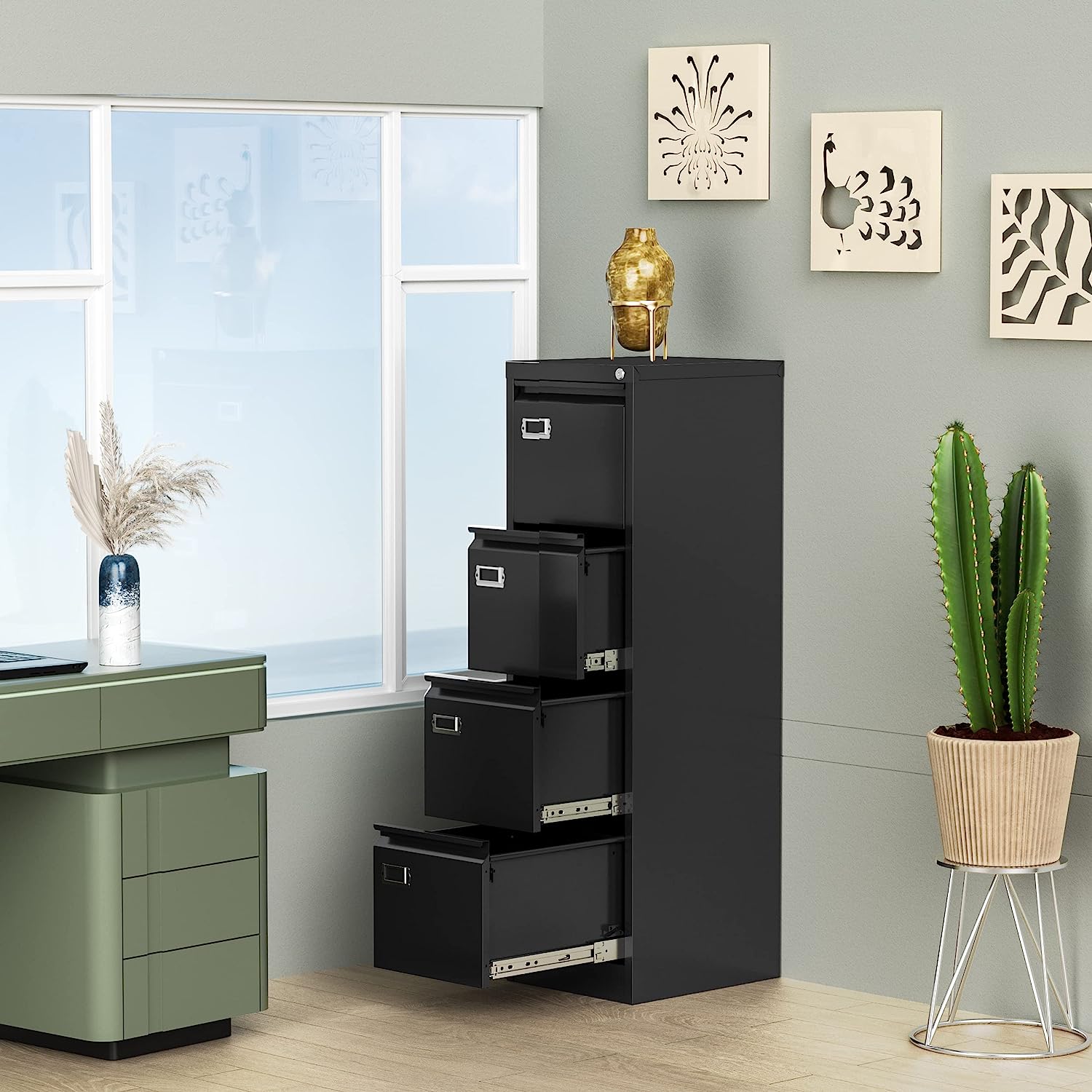
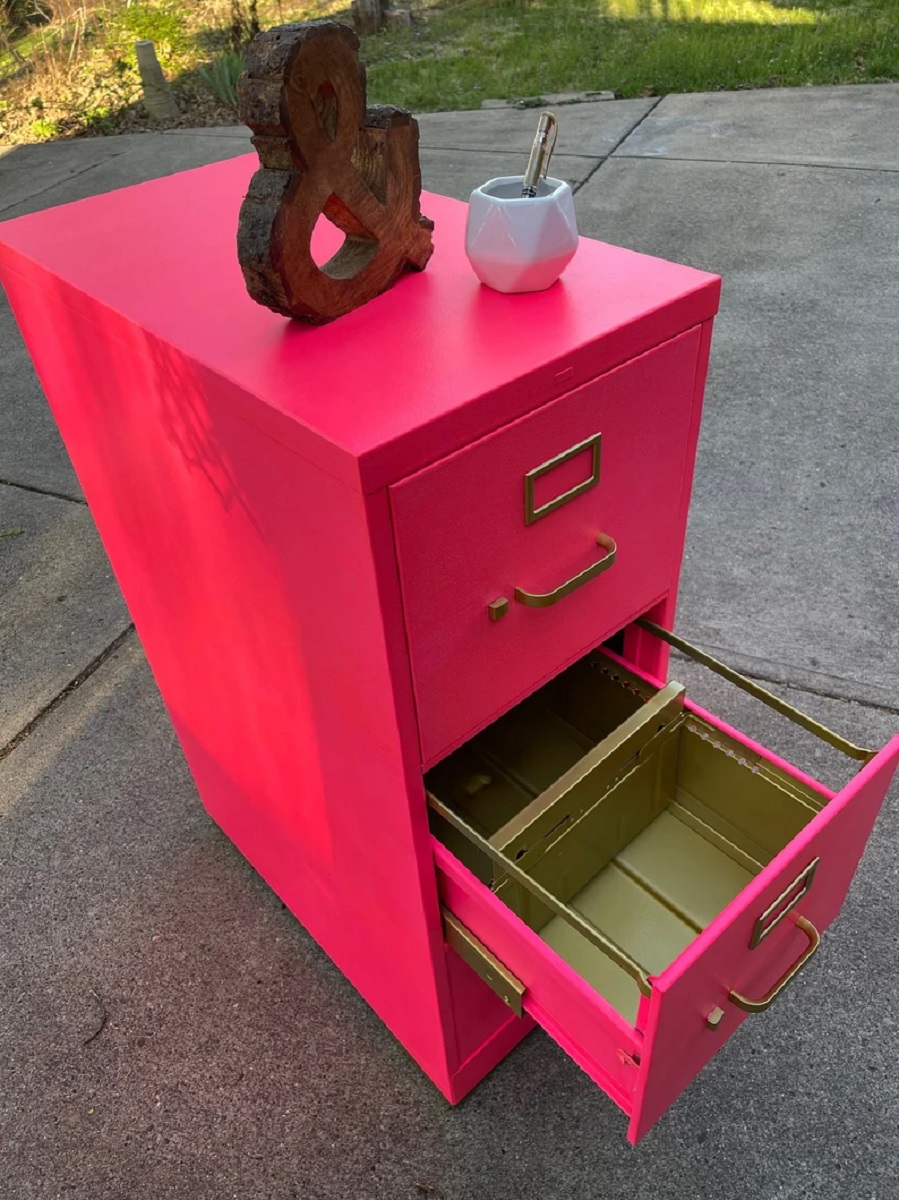
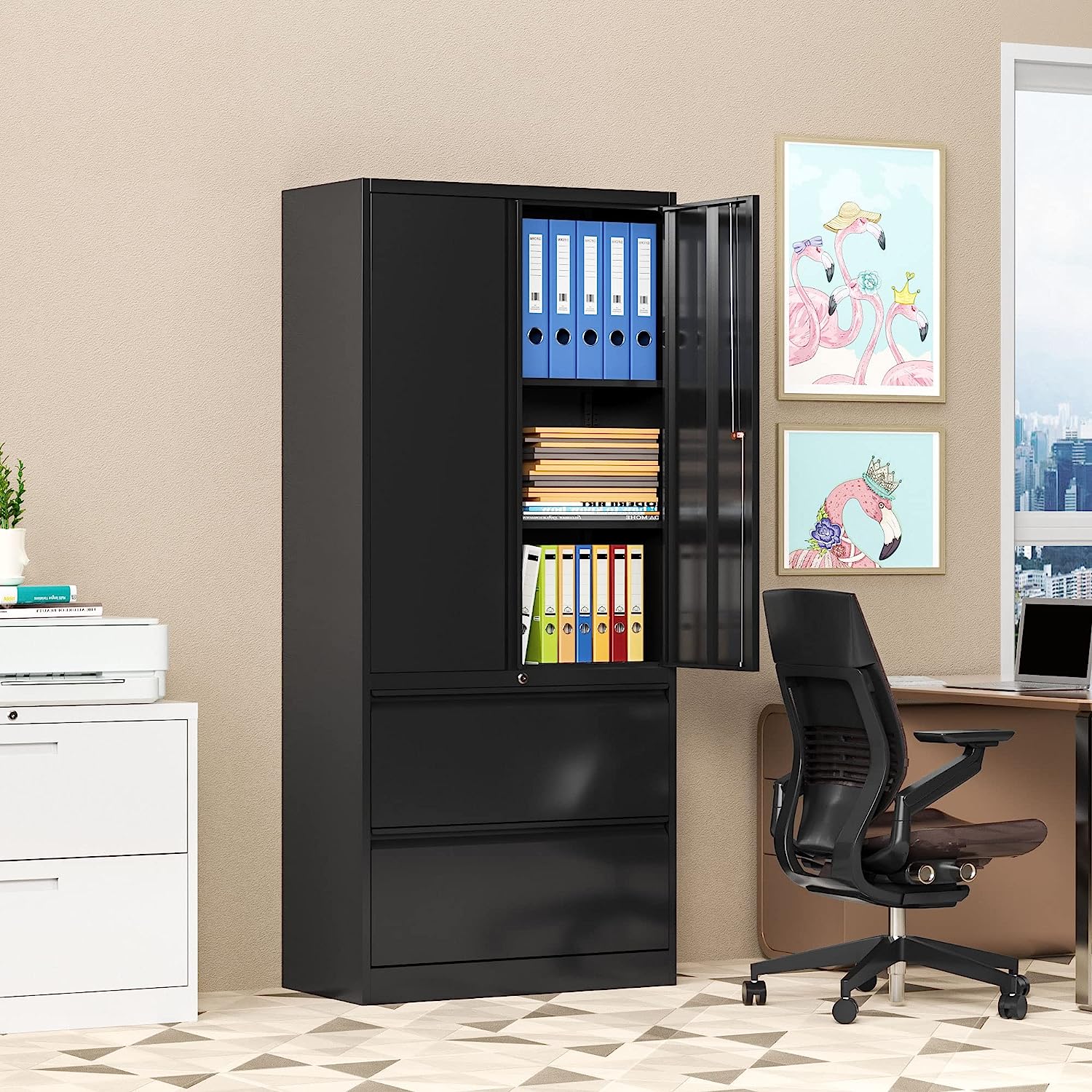
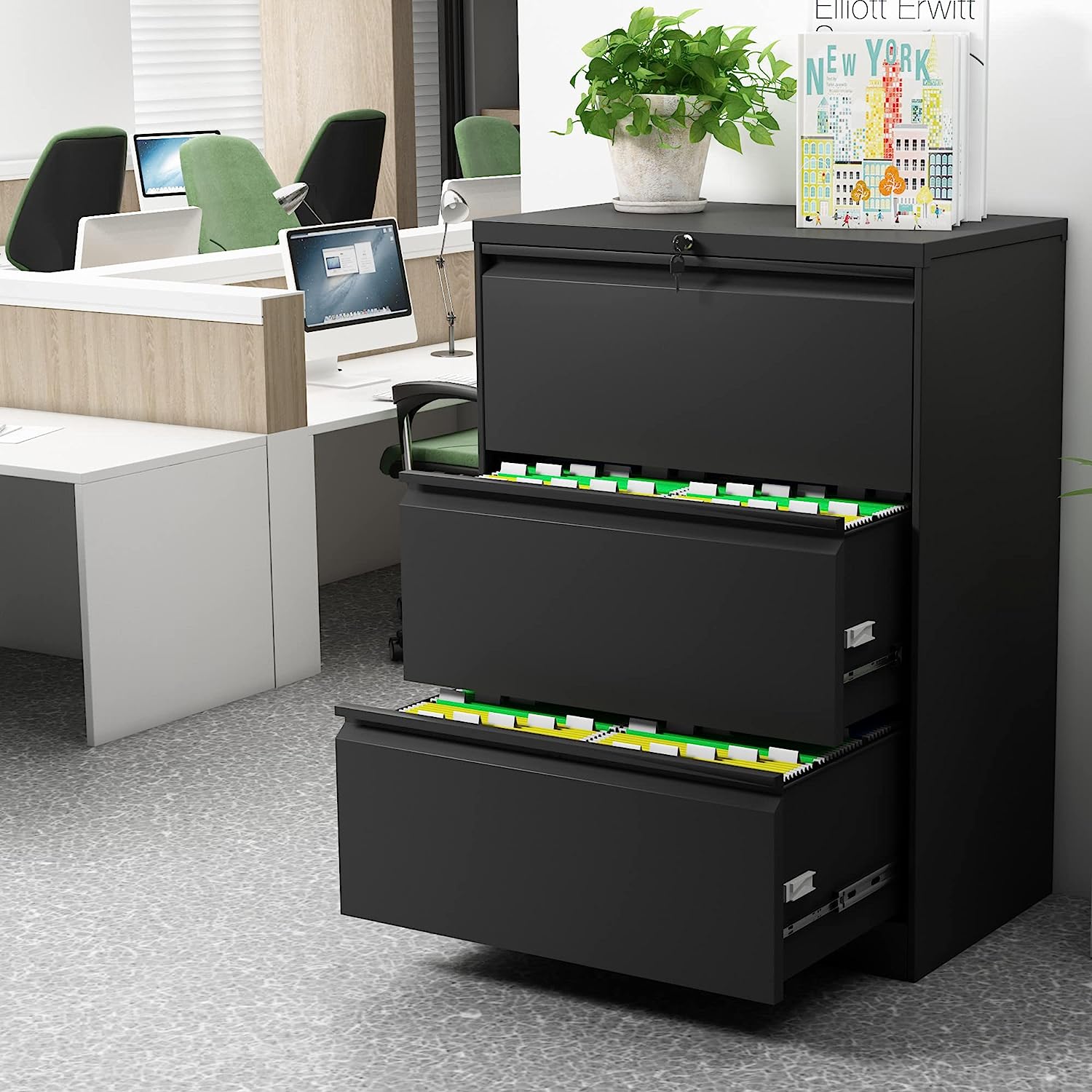
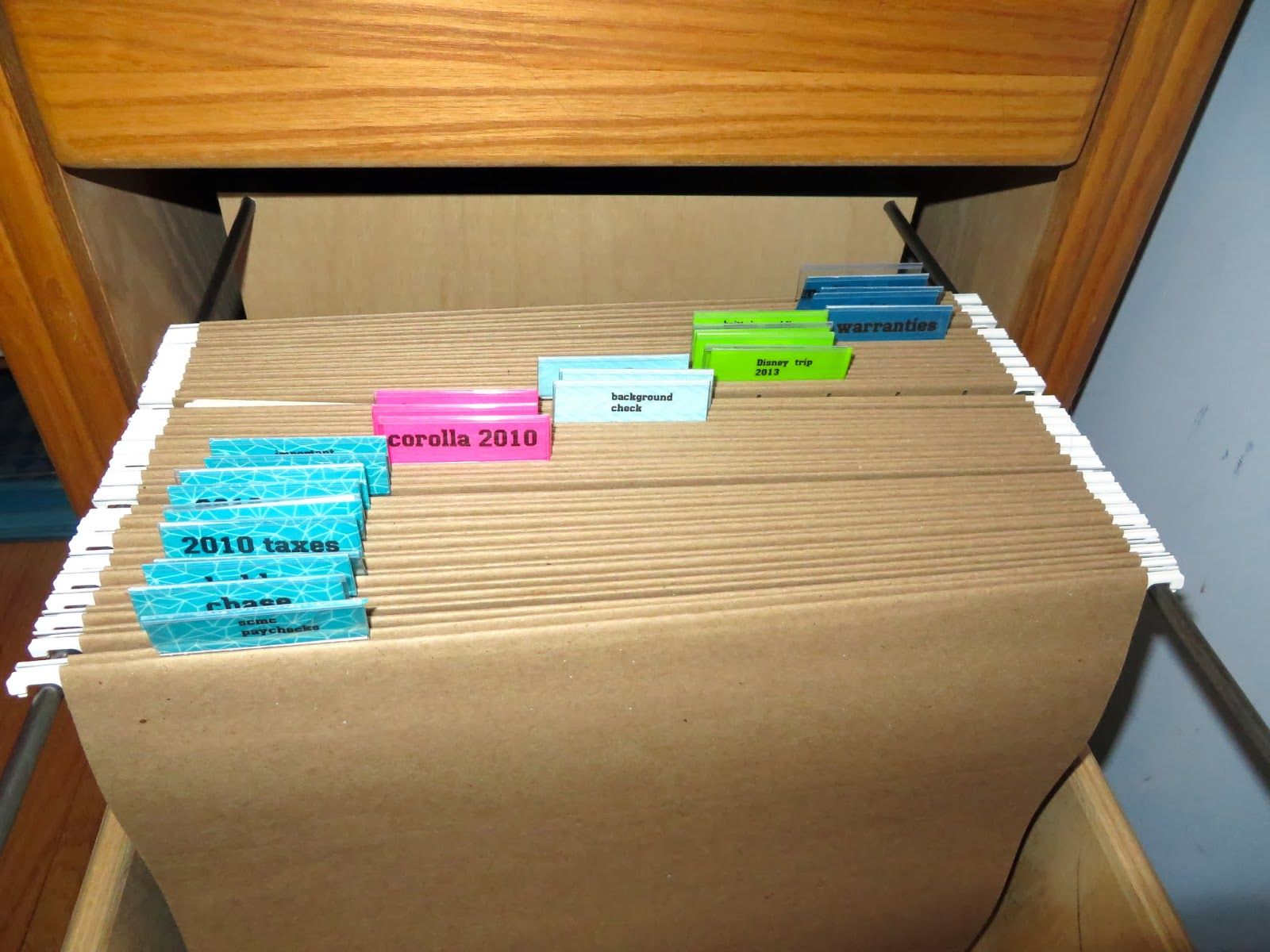

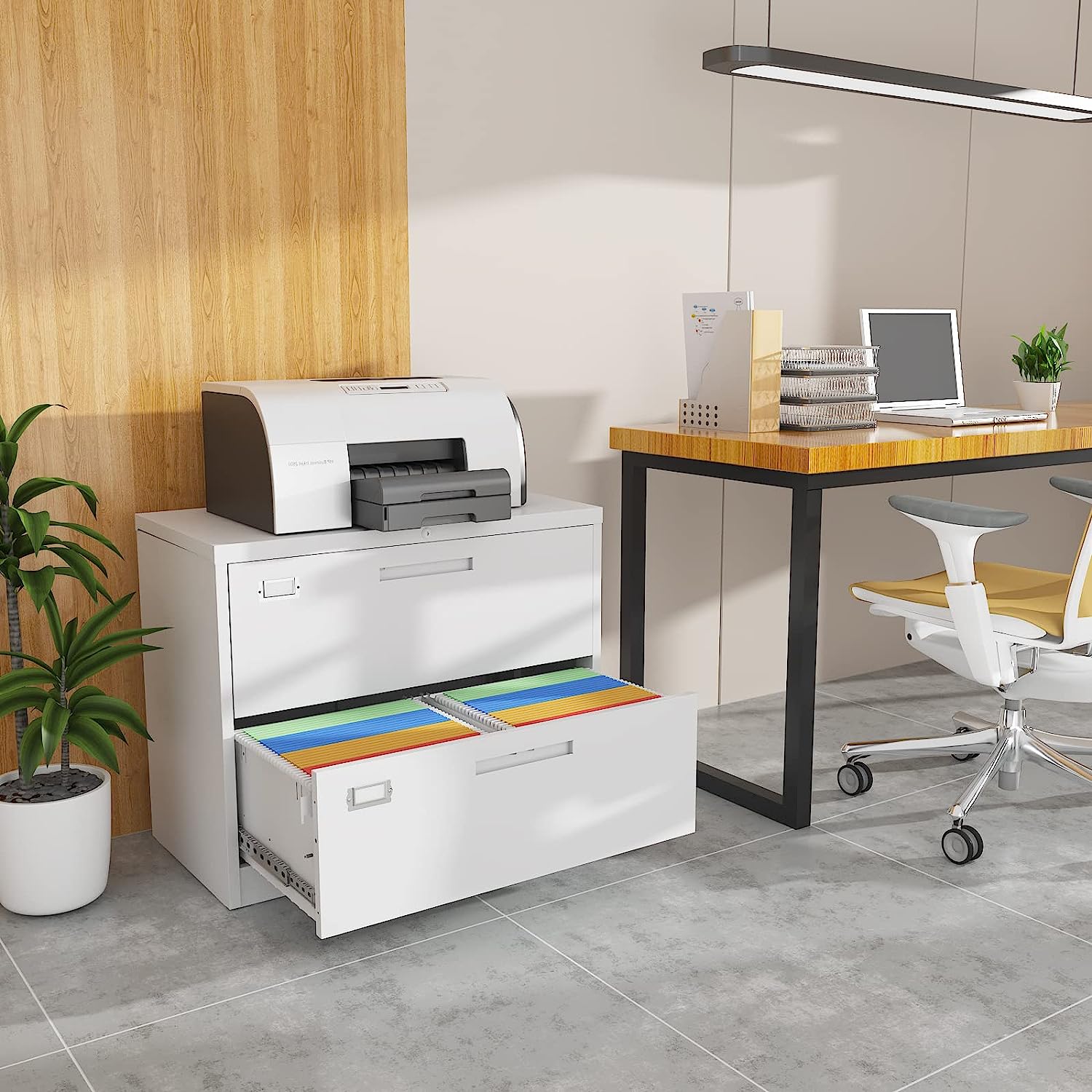
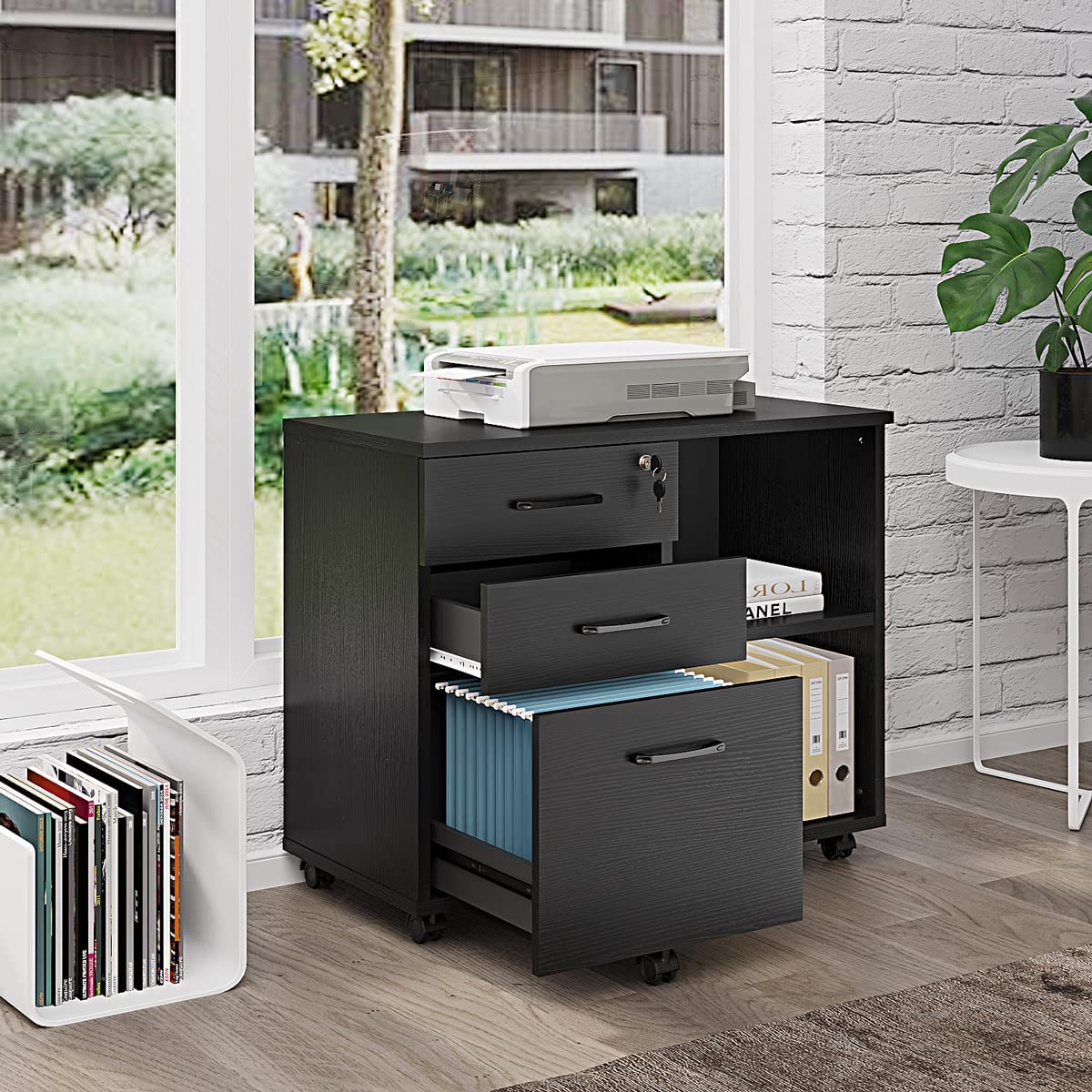
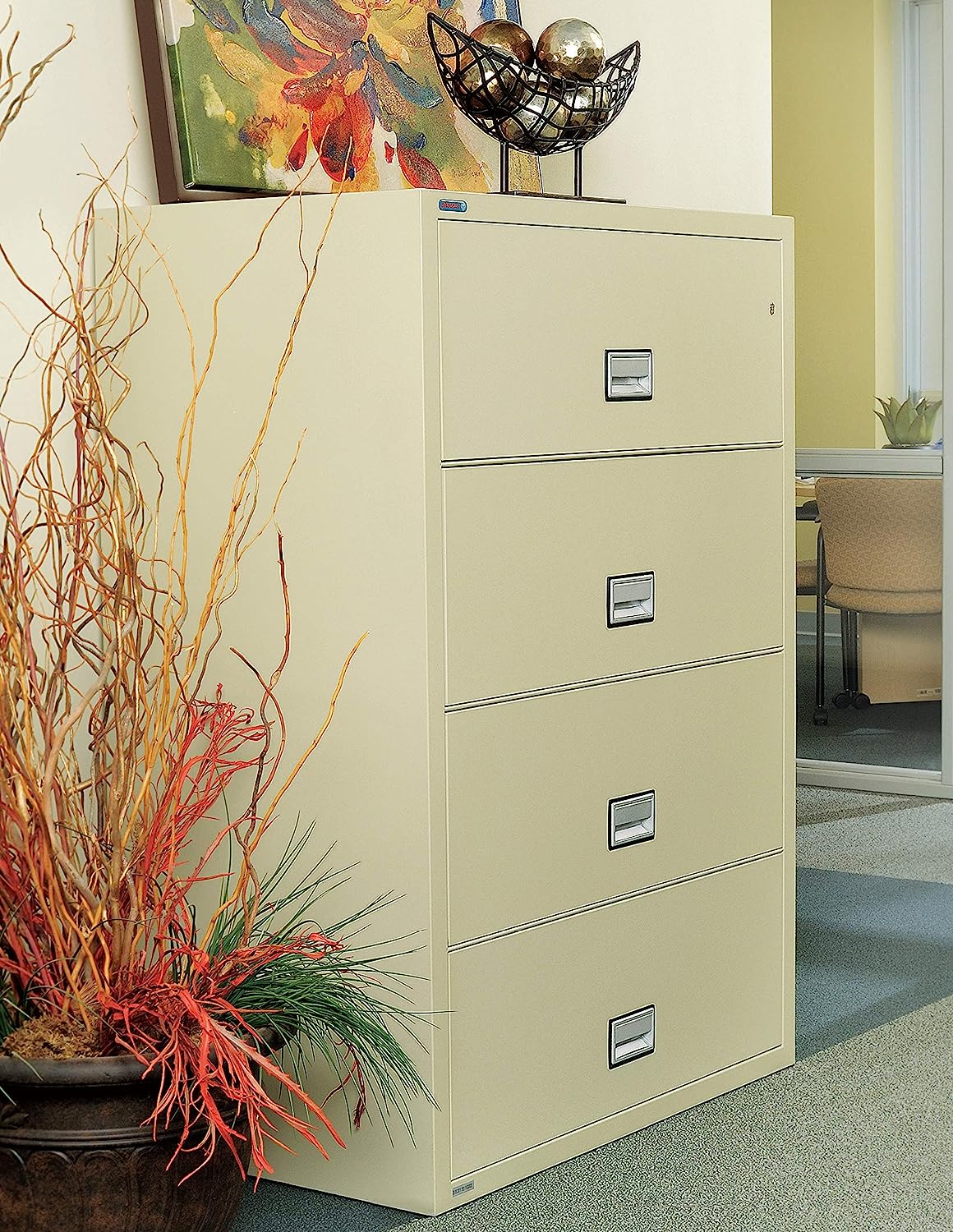
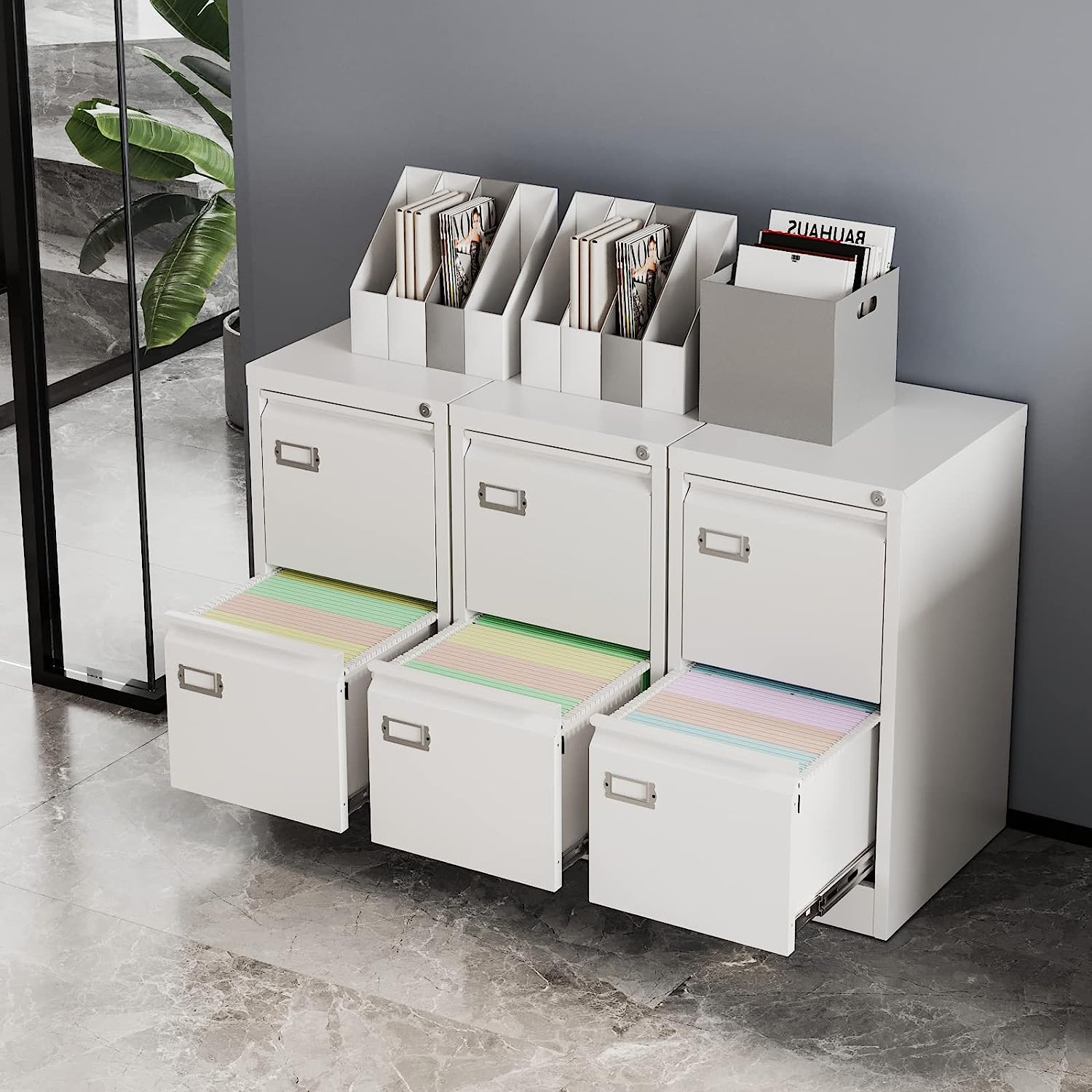
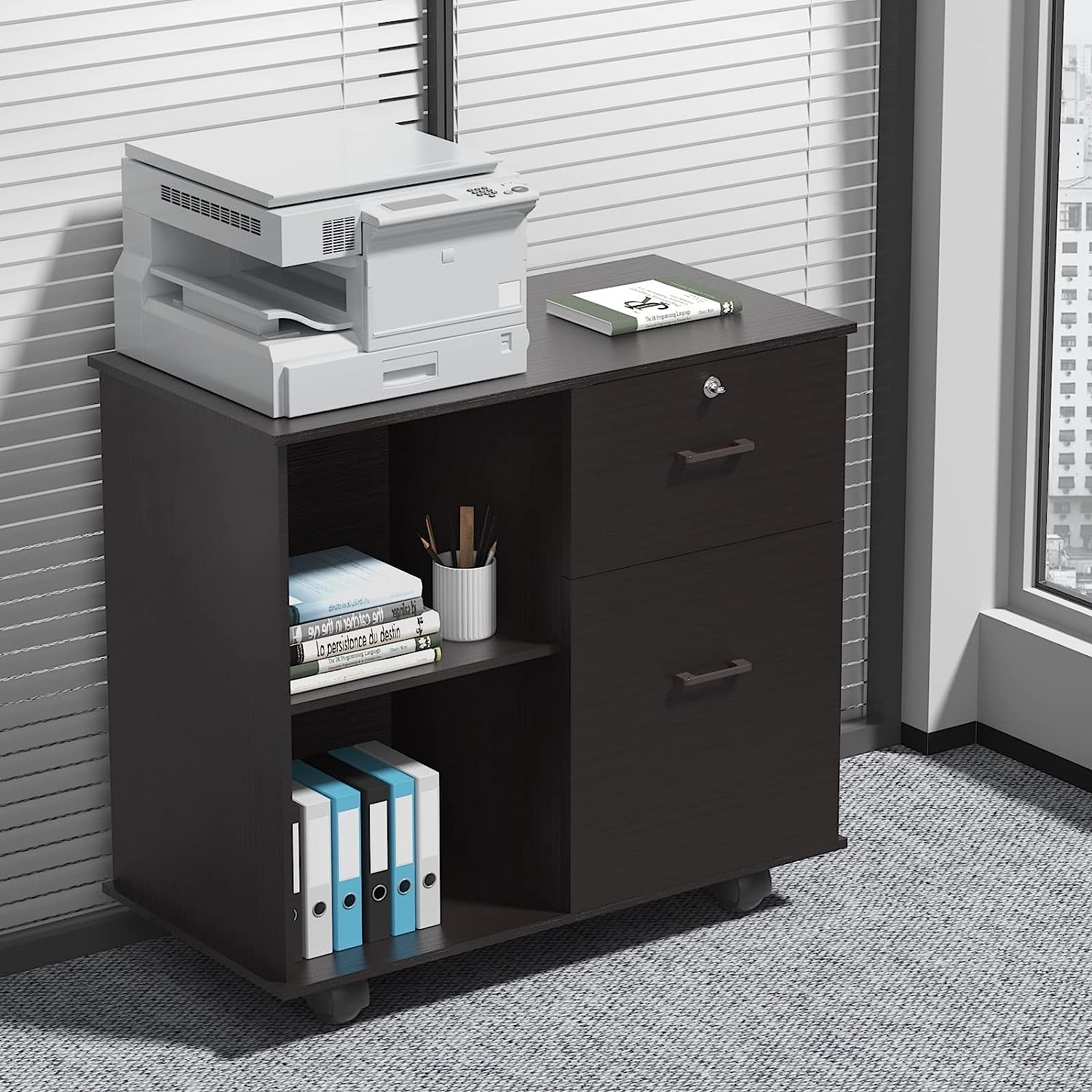
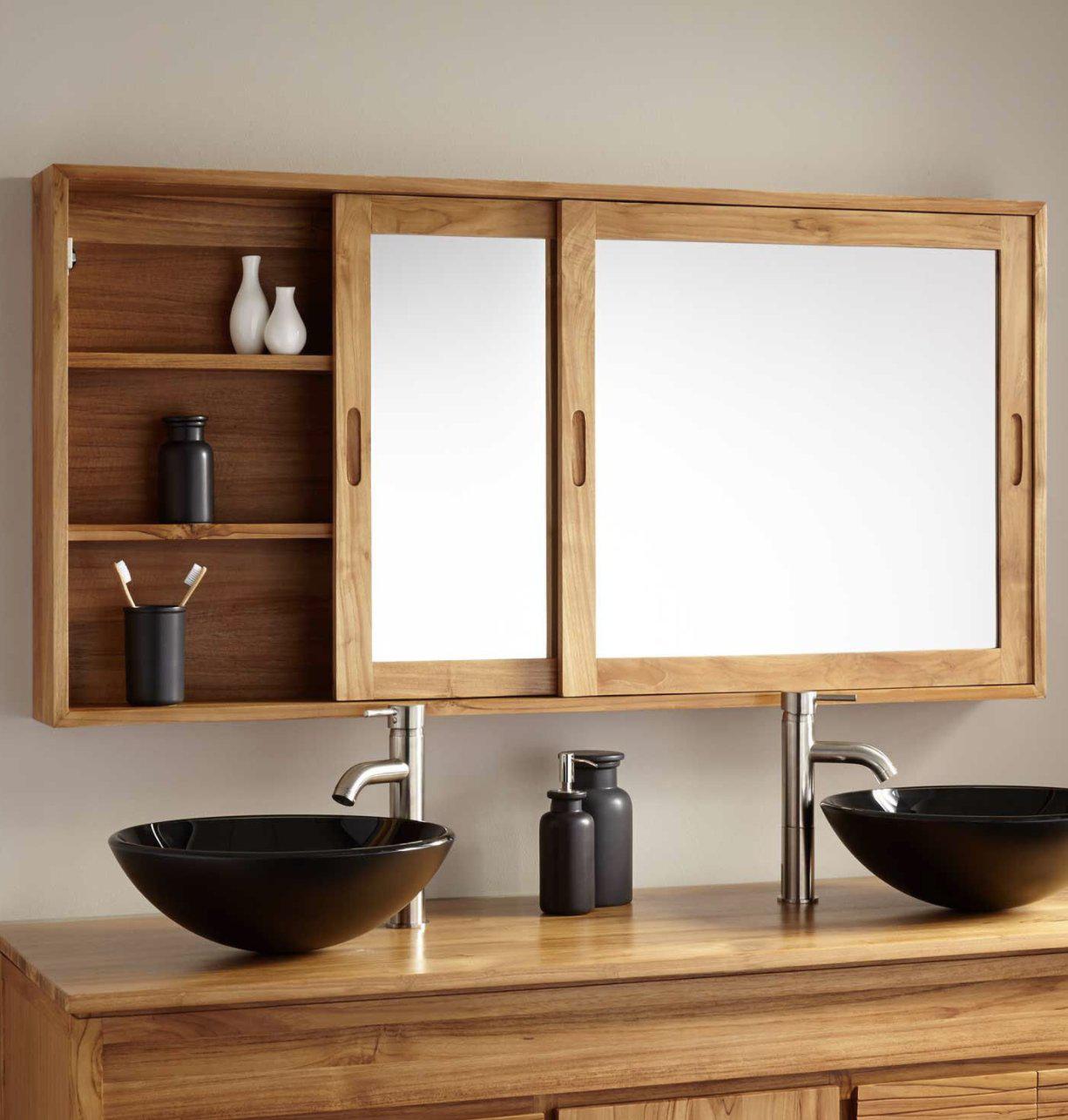
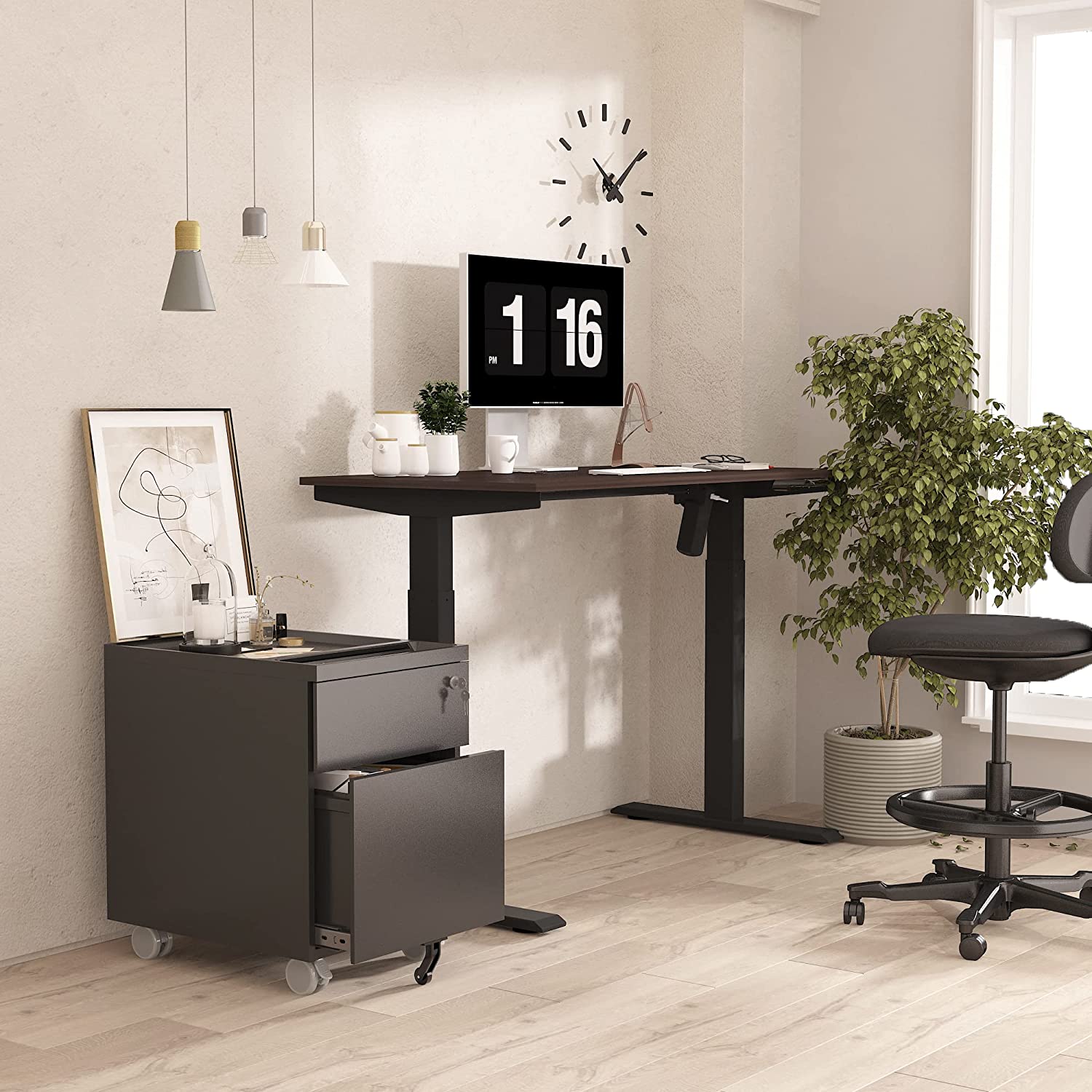

0 thoughts on “How To Replace File Cabinet Lock”